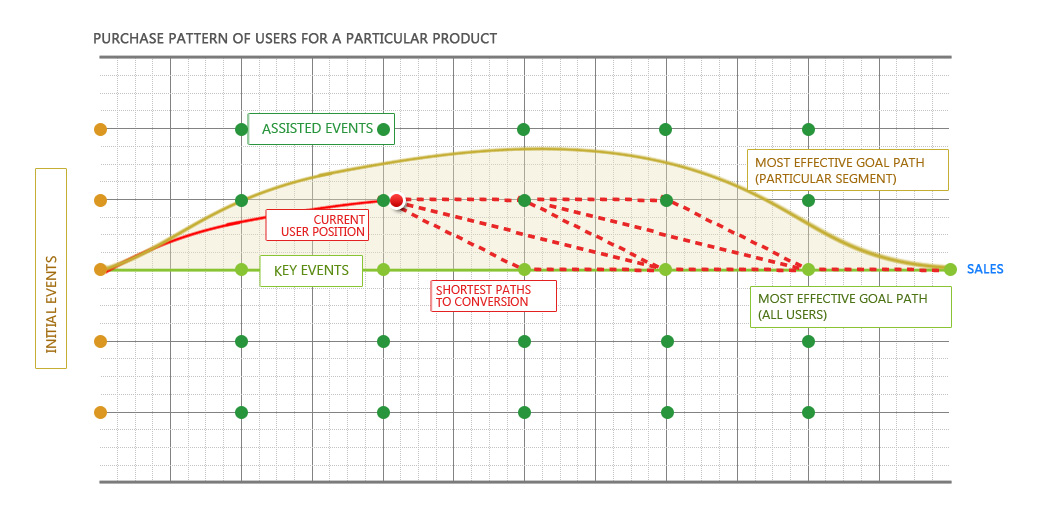How does the customer engagement system or the marketing automation platform know the past behavior or preferences of your customer? Does it have a memory? Is it making decisions based on past experiences?
To initiate true AI driven customer engagement, it is important that the system learn and create a memory file around each customer. This has to be constantly updated after every interaction so that memory consolidation and references are maintained, and accessible to any touch-point application in runtime.
The memory files will allow the machine to truly behave like a human: exhibiting relevance and context in its communication and driving customers towards their goal. These memories can be easily integrated with customer engagement applications to make them aware of customer states and preferences; helping them deliver highly effective communication and reducing the time to revenue.
This is exactly how Plumb5’s Memory Stack is designed to perform real-time contextual customer engagement. By ingesting individual customer data (created by the unification feature), Plumb5 extracts spatial and temporal patterns to arrive at states based on weight attribution, creating individualized memories. It also checks for similarities in other individual’s memories and creates collective memory states, before creating/updating the final memory file(output file).
The Plumb5 Unified Customer Stack, which forms the foundation to these memories, collects data from all data sources or data lake or data warehouse and creates a single customer file based on tags and unique identifiers. The Unified Stack, which is nothing but a centralized data repository of all individual customers (i.e., a transformed and harmonized dataset), has all the data parameters required to analyze/learn or make decisions.
The data repository contains each customer’s explicit or implicit data collected through touch-point applications. This individual stack, when extracted, presents the relationship between the customer and all other input parameters spanning products, channels, campaigns, feedback and other. On further extraction, we can find a relationship between the customer and associated factors from product interactions, or channel responses or preferences associated with the customer id, forming spatial relationships.
These relationships are converted to a set of tags with their own weights, which is used to understand the importance of the relationships in order to to prioritize the next best action. The weights can also be used to arrive at the nearest neighbor for firing a new event For the purpose of analysis, one can cluster customers based on these tags and their weights
This data, when laid out sequentially by time, presents the temporal pattern of the individual: allowing one to predict the next probable direction of the customer.

Both spatial and temporal relationship weights are combined to arrive at the net weight, which updates the final individual memory states. These memory states or patterns of a single individual are compared with other individual stacks and patterns to arrive at collective memory states; important for predicting recommendations or probable next actions based on similar profiles.
All of these states are consolidated into a single string (JSON) as memory states. On the collection of data from data sources, these memory states are updated at runtime using continuous-time Markov decision processes, allowing the string to keep updated information at all times. These strings can be consumed by customer engagement platforms for real-time contextual and relevant engagement.
These memory files will make it simpler for the proliferating customer touch-point space. With more businesses wanting to track, collect or engage customers using IoT devices, data needs to be organized for quick extraction of information and for runtime analysis and decision generation. The memory file will make it simpler for any such device that requires it to present quick relevant communications.
Currently, the robots deployed for customer service have no consolidated data about a customer and merely serve to answer generic questions. To take robotic customer service to the next level, these robots will need to have access to memories to make customer service far more contextual and relevant.
These memory files can also be integrated with NLP tags, where contextual conversation can be carried out at runtime, exhibiting to a complete AI based contextual experience for every customer or visitor.

